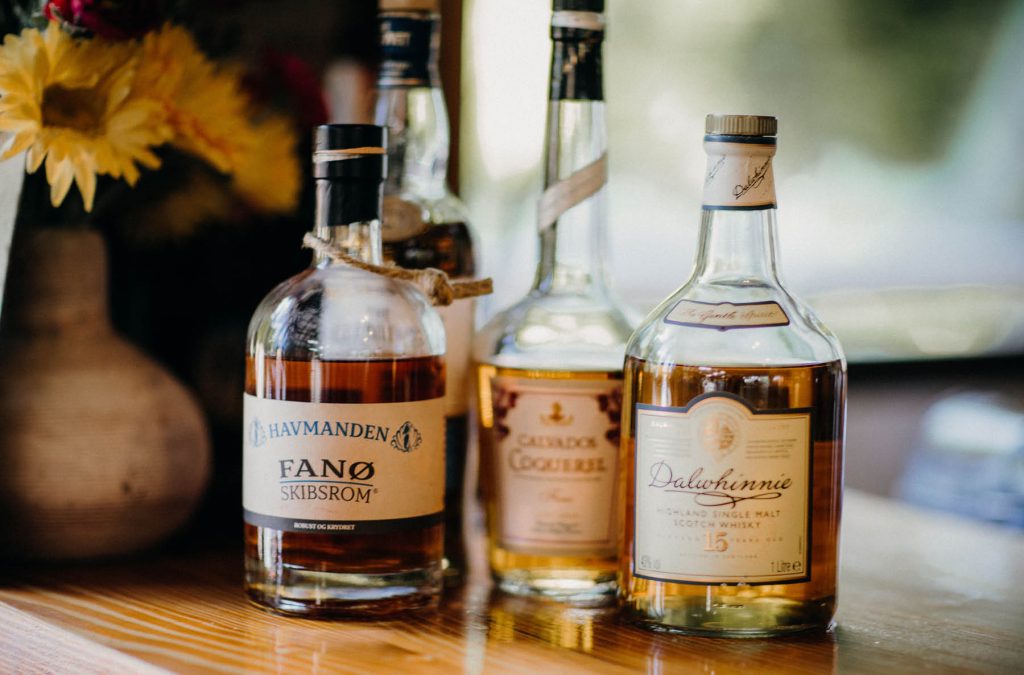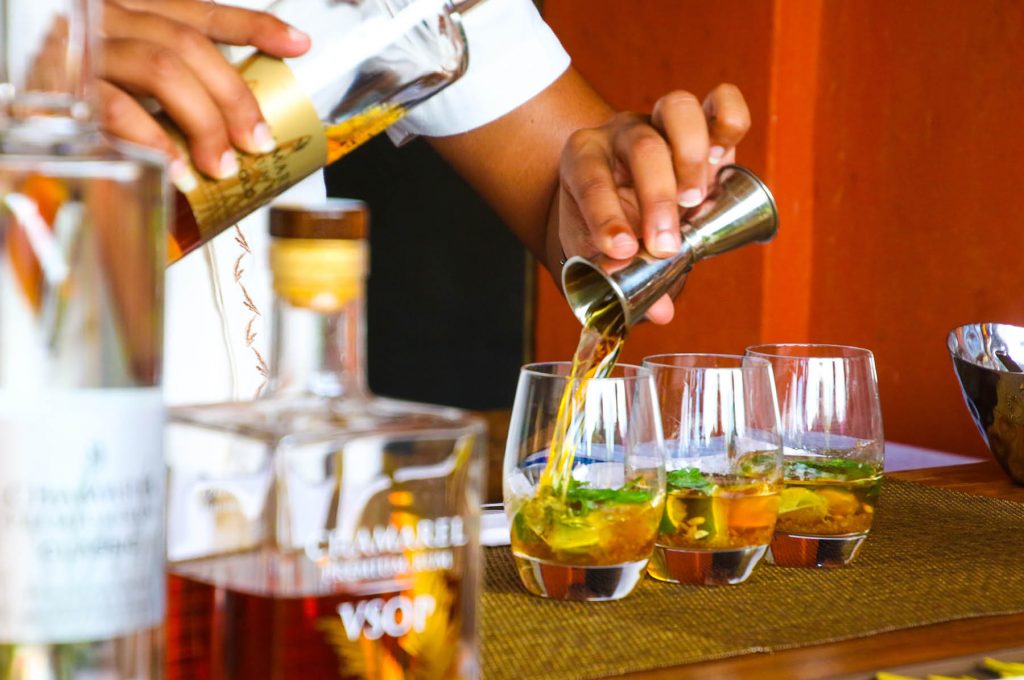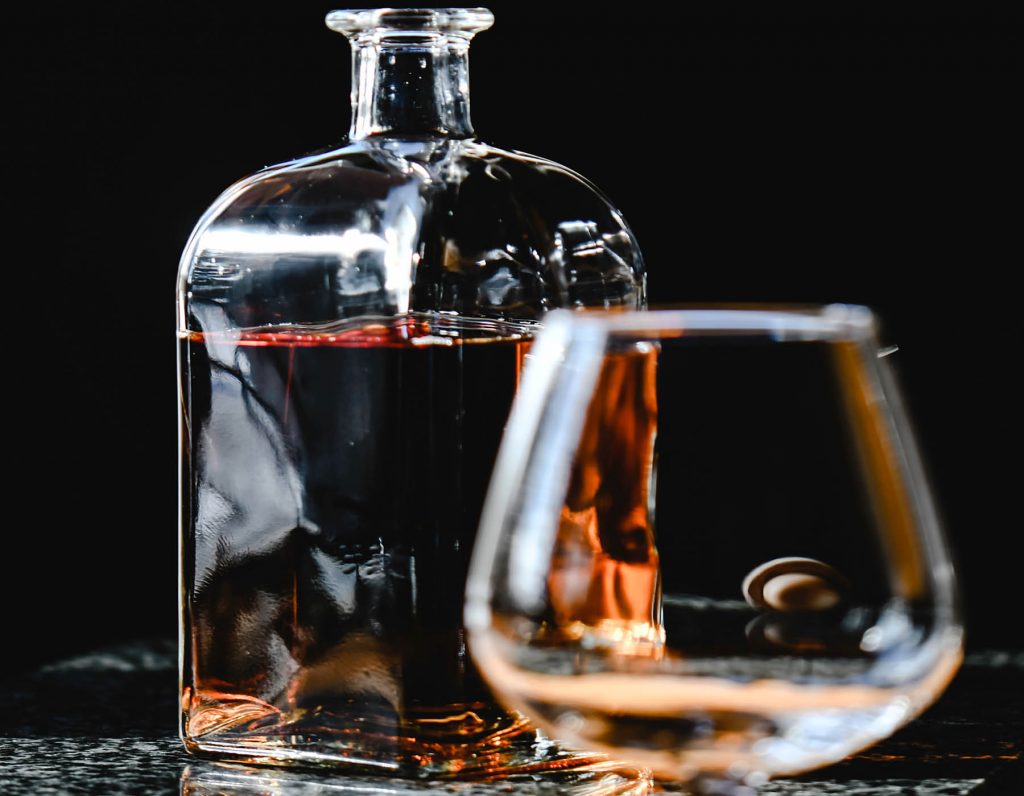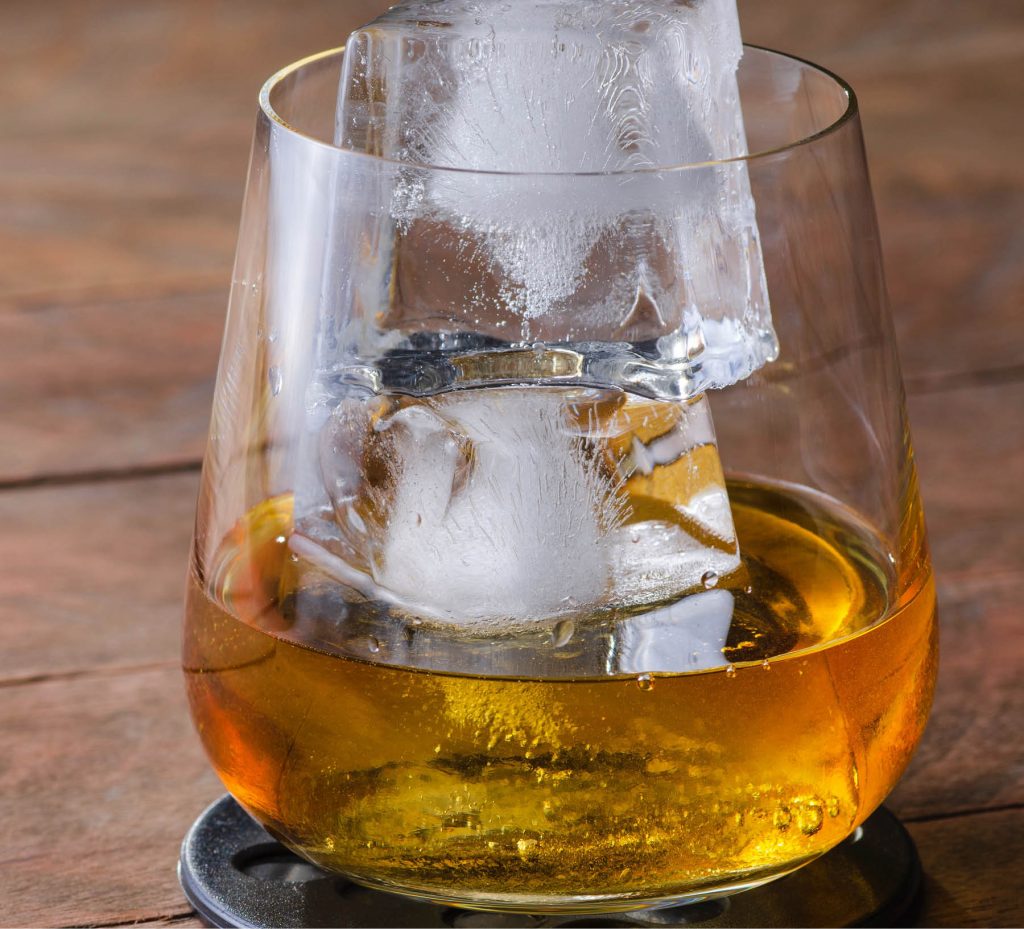Language
You can read the magazine in one of the following languages
Geolocation
You can read the global content or the content from your region

For the last decade, rum enthusiasts have been shaking their fists, swearing and preaching to any remotely curious spirits drinker who’d listen about how rum is set to become the next big thing.
Stubborn whiskey drinkers would patronizingly nod and roll their eyes, while gin lovers didn’t care much about rum anyway, as agave spirits such as tequila and mezcal were turning their heads. It felt a bit like the boy who cried wolf.
Then Spirits Business reported in July 2022 that rum sales in the United Kingdom surpassed US$1.2 billion, increasing the category’s market share beyond whiskey for the first time in modern history. This was when drinks connoisseurs of all backgrounds and experience levels finally gave rum the time of day. But rum’s rise didn’t stop there.
The Drinks Business has since reported that Maximize Market Research expects the global rum category to grow from US$14.5 billion in 2022 to US$20.2 billion in 2029. This growth is also realized on a smaller scale.
Dawn Davies, head buyer of one of the world’s leading online drinks retailers, The Whisky Exchange, notes that their sales have seen 11 percent growth year on year, with the most considerable boost coming from the US$37–US$50 segment, suggesting that consumers are also trading up for more premium rum options.

Considering that drink company powerhouses Diageo and Brown-Forman have also acquired some smaller rum brands in the last couple of years to bolster their premium rum portfolios, spirits aficionados and collectors are wondering: can rum also be collected for the future? All signs point to yes.
“We’ve definitely seen many enthusiasts and collectors coming from the whiskey world,” says Martin Cate, owner of Smuggler’s Cove in San Francisco and an avid rum enthusiast. “They’re discovering that rum offers enormous variety, approachability and character at a significantly lower entry price.”
As Cate indicates, rum is diverse; there truly is a rum for every drinker. It’s produced everywhere from the Caribbean and South America to India, South-East Asia and even smaller islands off the coast of Africa like Réunion and Mauritius.
While all rums must be made from fresh sugar cane juice or a sugar cane byproduct (cane syrup, molasses), fermentation, distillation and maturation methods can vary significantly from producer to producer. This makes rum as fascinating as it is overwhelming to learn about due to the range of styles and flavor characteristics – some of which are bound by specific geographical regulations.
“I would imagine that to a bourbon fan, the world of rum might be daunting,” says Kate Perry, United States National Manager for La Maison & Velier, one of the most renowned importers and independent bottlers of rum in the world.
“Essentially, only four distilleries produce most of the bourbon labels. The world of rum is so big and diverse by comparison.”

While Scotch whisky is admittedly more diverse than bourbon in some ways, it also pales in comparison to rum’s vibrant tapestry of flavor profiles. There are unaged and some filtered and lightly aged rums that can taste grassy and vegetal like tequila; rums that are tropical with notes of petrol like some Scotches and even certain expressions aged in ex-bourbon casks that aren’t too dissimilar from particular bourbon whiskey. Rum really spans the spectrum of flavor.
Another reason as to why rum is such an attractive prospect for collection at the moment is arguably the most important one: relative to whiskey, rum is phenomenally affordable – for now – despite the exceptional quality of some of the bottles on the market. This makes the startup investment negligible compared to whiskey for a category that will continue to flourish.
Purely considering the quality of the liquid, rum tends to have an advantage over whiskey, particularly when produced and aged in tropical climates. Aside from prestige, consumer demand and other market factors, when buying an aged spirit, consumers mostly pay for the time a spirit is spent in a barrel and the subsequent flavor extracted from that cask during the maturation cycle.

In tropical climates, where the world’s best rums are produced, any rums that age in those climates mature at a rate at least three times faster than any spirit in a colder climate such as Scotland, for example.
This means that a seven-year-old rum’s flavor – purely based on what it extracted from the barrel in its climate during maturation – is technically akin to a 21-year-old Scotch whisky. Tropically aged rum hasn’t yet reached the price of a 21-year-old Scotch (nor will it probably ever in this lifetime) but in theory, the quality of the liquid inside isn’t drastically dissimilar.
It’s one of the reasons why so many whiskey drinkers have become rum converts, and why even Scottish whisky distilleries such as Kilchoman have invested in their own Caribbean rum distillery as they realize the unmatched value of tropical climates for rapid aging.
In the sea of rum produced worldwide, finding ones worth collecting may seem like finding a diamond in the rough. And in many ways, it can be. But there are some key hallmarks and producers to watch out for.
“There are a few elements to the collectibility that are shared with whiskey. Certainly, whenever you have an extinct distillery or a style that’s no longer made, those can be especially coveted,” Cate says.

“But so are long-aged rums, especially tropically aged rums where the cask spent its time in the Caribbean. Those have real intrinsic value because so much of the cask has been lost to evaporation over the years.”
Perry’s boss at La Maison Velier, Luca Gargano, is considered one of the pioneers in realizing rum’s potential. He was the first to identify and bottle incredible limited editions before it was popular to do so, starting with the Demerara rums of Guyana and the Caroni rums of the defunct Trinidadian distillery, among other innovative partnerships.
“Today it’s common to see labels that denote vintage dates, ester counts, cask strength, single distillery, tropical aging, type of distillation and other transparent details,” Perry says.
“Luca was the one who began this trend. These attributes are often what makes whiskey popular to collect, and he managed to turn that language over to rum.”
Black Tot Last Consignment is one example of a rum with a unique, unrepeatable history that has seen its price steadily rise over the last two years. It was bottled from antique stone flagons containing the last stocks of Royal Navy Rum, which had been untouched for more than four decades.
This bottle contains a continuous blend of rums from more than 100 years, and much of the liquid inside came from distilleries that have since been shuttered.
Another fine example of a collectible rum that is already likely to be sold out in the United Kingdom is Appleton Estate’s 17 Year Old Legend. This bottle is meant to replicate the formula of the original rum used in Trader Vic’s iconic Mai Tai from the mid-1940s, and its global release was limited to 1,500 bottles – so once they’re gone, they’re gone.

“The number of producers that are becoming collectible is quite small compared to whiskey, for now, but the ones to watch are the bigger producers like Mount Gay, Appleton Estate, Havana Club,” Davies says. “These global brands are becoming the rum equivalent of Macallan.”
Davies also highlights other cult producers such as Hampden Estate (Jamaica), Foursquare (Barbados) and La Maison Velier (independent) due to their loyal following among rum aficionados, which leads to any limited editions being snatched up almost instantly.
“These are still affordable when they are first released, but then they’re being flipped for significantly more on the secondary market,” says Davies, who notes Foursquare sells for around US$106 but is on the secondary market for closer to US$1,000.
“You also have things like Caroni, which people are snapping up like they would a ghost distillery in the whiskey world.”
Rum Auctioneer, an online auction site, is a good place to do some market research. It helps you get a gauge on the secondary market value of rum, and tells you what’s selling and for how much. If there was any question about rum’s potential collectibility, it’s safe to say that it’s ideal to get in now before it’s too late. Where the whiskey industry was just over a decade ago is where rum is now.

“Not only is the quality of rum improving, but there are more and more exciting distilleries all over the world,” Davies says. “People are prepared to spend more on a bottle of rum than they have before, and the distilleries are creating more premium expressions to service this side of the market.
“The rum industry is learning from the success of the whiskey industry, and as long as they are not bullish with the pricing and don’t do what Scotch is doing now – which is pricing themselves out of the market – the future looks bright.”